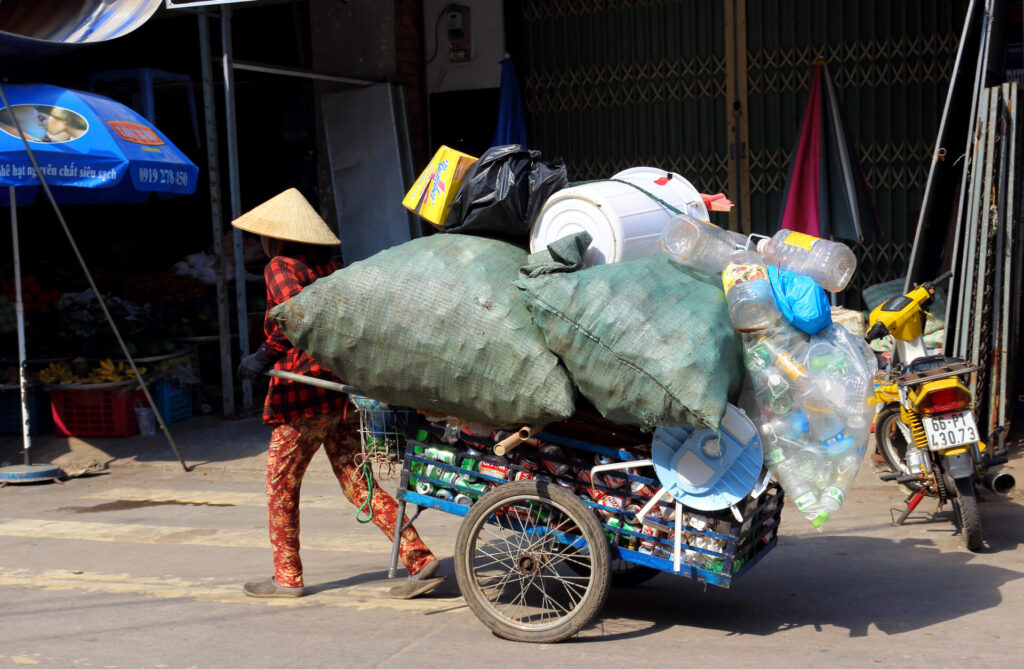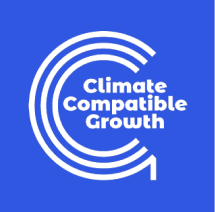Context
Networked infrastructure systems are centrally important to the functioning of economies and societies, but they are also particularly vulnerable to climate change. LICs and LMICs are exposed to floods and droughts, tropical cyclones and landslides. Their stock of infrastructure is often inadequate and in deteriorated condition, making it particularly vulnerable to climate impacts. These can have acute effects on national economies and human development, by preventing access to basic services and disrupting economic activity. The cost of reconstruction represents a burden on public finances, and investors are put off by perceived physical climate risks.
The primary benefit of adaptation is to avoid or reduce damage from the impacts of climate change. To quantify the degree of adaptation needed and its potential benefits, we need projections of climate impact. This requires methods that can explore a wide range of possible future conditions, including many different possible extreme events. Risk analysis provides such a framework, with mapping and quantification of exposure and vulnerability to climate hazards, which can be compared with the costs of adaptation. Estimates of climate risk can be wrapped within a framework of uncertainty analysis, to explore the implications of uncertainty regarding future climatic and socio-economic changes.
Research Priorities
The Resource Efficiency Research Community will focus on: a) the assessment of material requirements for future energy and transport systems; b) the assessment of material criticality; and c) the evaluation of opportunities for material circularity. The first area is centred around the development of MatDP (Material demand projections) through to an open-source software offering, while the second area focuses on development of two new models on CM supply and CM value chains. These software products, when combined, anticipate the bulk and CMs required to expand electricity and transport systems in LICs and LMICs under different scenarios. They also inform how these countries can extract more value from CM value chains, remove constraints where they exist, and respond to disruption risks. In the immediate future, MatDP will be linked with CCG and other energy and transport models, and training materials and case studies will be developed.

In the third research area we assess the potential for moving to a more circular use of materials by creating dynamic stock and flow models of materials. Material recycling, reuse and material efficiency can play a role in alleviating future material supply constraints and reducing environmental impacts, including GHG emissions. However, the dynamics of material supply enable different circularity opportunities at different times. For this reason, circularity opportunities should be deployed with the timing and location that allow them to deliver meaningful positive impacts. We will develop new modelling approaches to explore circularity opportunities and to reveal the timing and location that would allow them to deliver the maximum possible impacts. These approaches will help to identify the required interventions to remove or relieve future material supply constraints. The modelling will be applied to support the development of national circularity strategies and policies.
Research Questions
RQ4.1. How many and which materials will be needed globally to meet climate change targets?
RQ4.2. What material supply chains are at risk of disruption, where will these risks occur and what interventions can mitigate future risks?
RQ4.3. What role can material circularity strategies play in reducing demand for primary material and how does this affect environmental and social impacts?
The Infrastructure Resilience Team



Prof. Mark Howells
CCG Programme Director
Loughborough University and Imperial College, London

| Title | Type | Countries | Authors |
|---|


